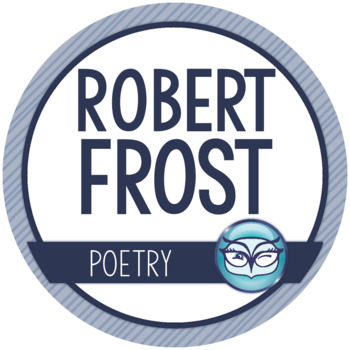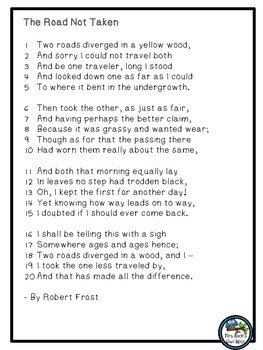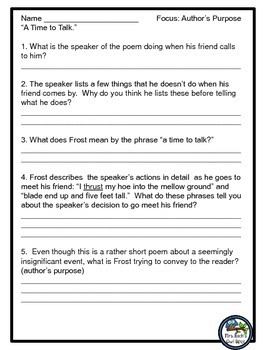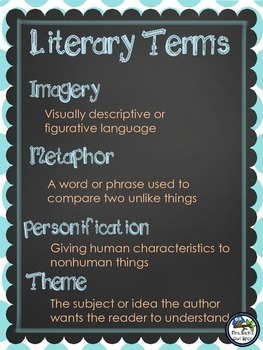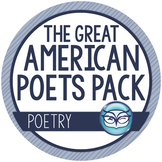Robert Frost Poems
- PDF
Also included in
- Is poetry hard to teach? Do your students struggle with understanding the meaning of poems? Here's a tool for you to use that will make teaching Frost, Dickinson, Stevenson and Sandburg a lot easier for you and your students!You will find each of my units on Robert Frost (6 poems, analysis sheetsPrice $10.00Original Price $12.50Save $2.50
Description
Thanks for checking out my Robert Frost Author Study and Poem Analysis Packet. So many students (and teachers) shy away from poetry, because they don’t know what to do with it. Well, this packet is designed to help teachers teach and students understand.
You will find a short bio on Robert Frost. Knowing the story behind the poet’s life will help students understand the purpose and tone. Also included are 6 poems written by Robert Frost. These poems are intended for 5th – 8th graders – they require a little bit of close reading, but not so much to go over these students’ heads. Poems included are (1) “The Last Word of a Bluebird” (2) “A Patch of Old Snow” (3) an excerpt from “Birches” (4) “A Time to Talk” (5) “The Road Not Taken” and (6) “Stopping by Woods on a Snowy Evening.”
Analysis of poems can be used for CLOSE reading activity. Students will need to identify author’s purpose and tone, theme, general understanding of content, literary terms (personification, similes, metaphors, imagery, stanzas, rhyme), and write personal reflections.
Find more Poetry Author Studies in my Teachers Pay Teachers store. These are great for poetry units, short studies between units, short week lesson plans, or sub plans. Use these in a poem of the week program. There are tons of ways to use these!
Follow me on TpT, Facebook, and my blog for updates on new products, teaching ideas, and sales and giveaways.
******* Please remember that your purchase of this product means that you now own a single classroom license. It is against copyright laws to share this product, either in hard copy form or in digital form. This means you MAY NOT email, link, or upload this to a shared server, website, or blog. You MAY purchase additional licenses at a discount. Please make sure to read all of the Terms of Use document included in this product file.
Check out these other great links from The Owl Spot!
*******PRODUCT BUNDLES
*******BACK TO SCHOOL
*******DIGITAL PRODUCTS
*******ELA PRODUCTS
*******HOLIDAY PRODUCTS
*******MATH
*******MATH TASK CARDS
*******NOVEL STUDIES
*******POETRY
*******PRIMARY GRADES
*******READERS THEATER PRIMARY
*******READING TASK CARDS
*******SCIENCE
*******SOCIAL STUDIES
*******SUB PLANS
*******WRITING WORKSHOP
*******AESOP’S FABLES
*******MIDDLE GRADES PRODUCTS
*******READERS’ THEATER SOCIAL STUDIES
For the most current information on new products, sales, and updates, click the green star above to follow The Owl Spot!
Happy Teaching from The Owl Spot!
www.teacherspayteachers.com/store/the-owl-spot
www.the-owl-spot.blogspot.com
www.facebook.com/theowlspot

